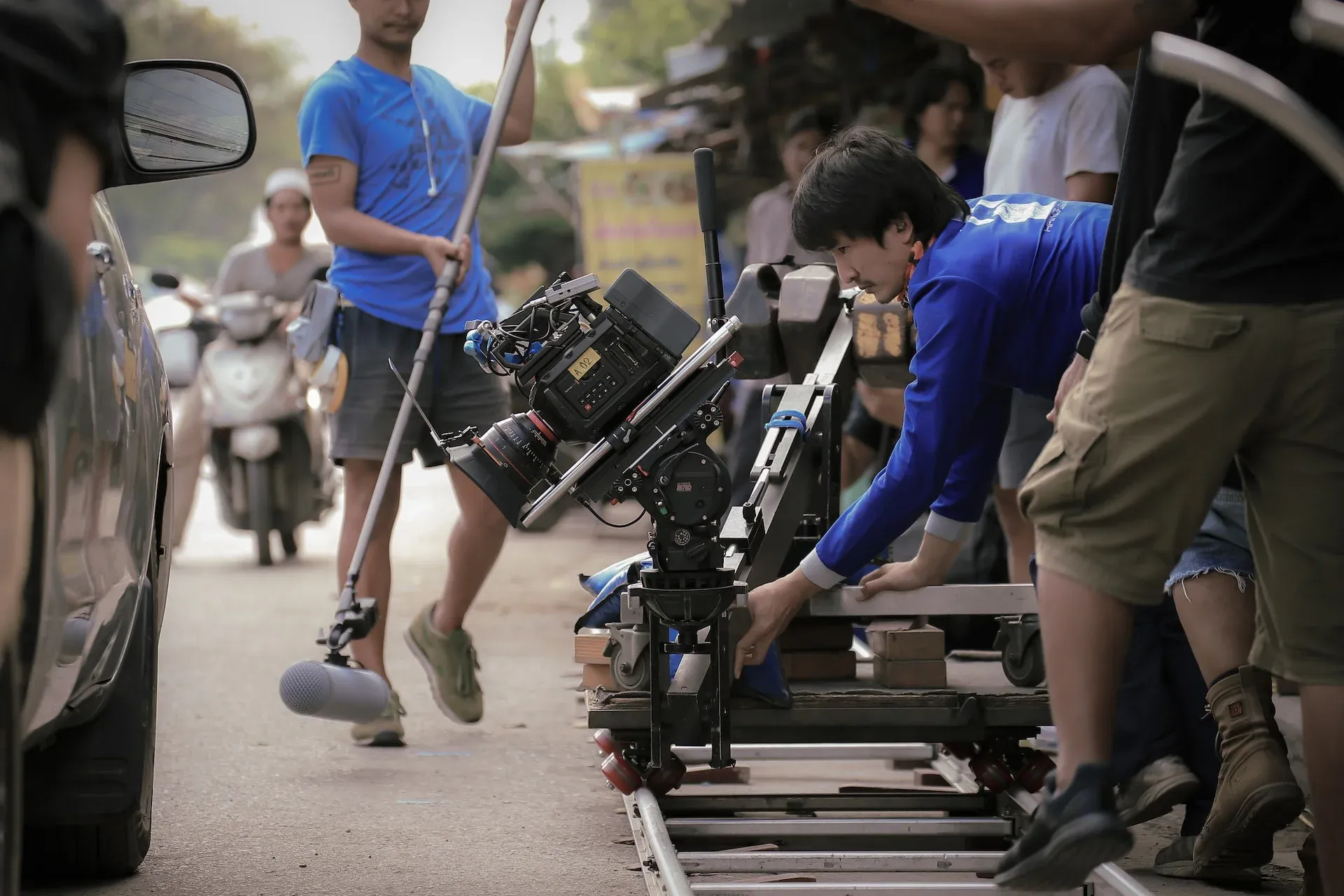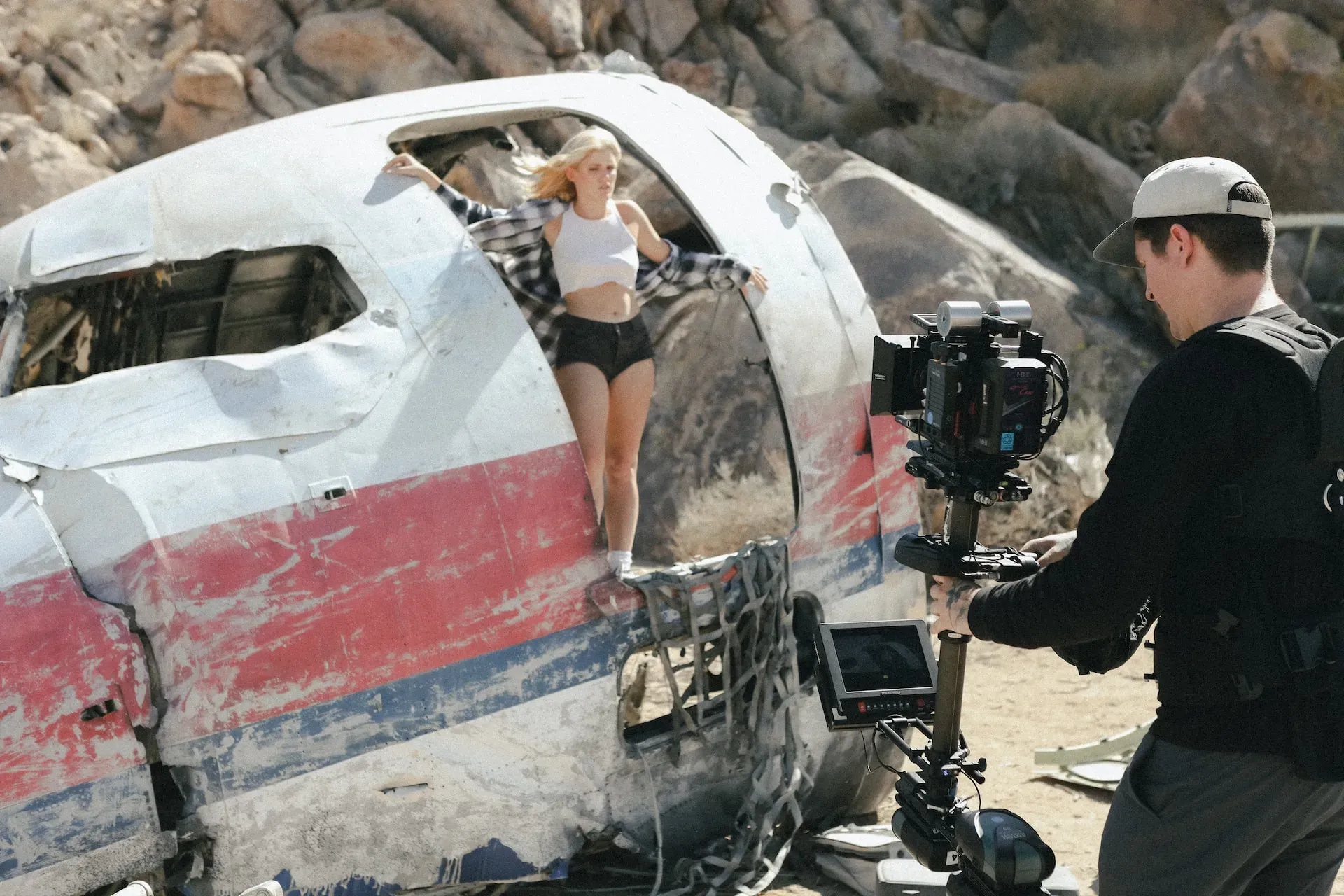What is reverb and should you use it in your videos?
Reverb is a natural sound effect that can boost your video content. But just what is reverb, how does it work, can you recreate it, and is it easy to use in video?

Reverb is a natural sound effect that can boost your video content. But just what is reverb, how does it work, can you recreate it, and is it easy to use in video?
Check out our video with Epidemic Sound ambassador Lila below, then keep reading for our full rundown!
What is reverb?
Reverb is short for ‘reverberation.’ To you and us, this just means a sound being extended. Reverb can be achieved naturally or with a digital audio workstation like Adobe Audition. It’s a popular effect used in some of the most famous tracks you can think of – Phil Collins’s ‘In the Air Tonight’ is the obvious one. Yeah, that drum fill. The Cadbury’s gorilla. You know.
What causes reverb?
Reverb is created when sound happens in a space, shooting sound waves in all directions. The waves reflect from surfaces in that space, the amplitude decreasing until the reflections fade away – also known as decay time. Unless the room is soundproofed correctly, you’ll notice these reverberations bouncing around. We hear these as an extension of the initial noise. So, when you think, ‘What does reverb mean?’, it's basically soundwaves bouncing off the walls.
Is reverb the same as echo?
Reverb is pretty similar to echo. They’re both based on soundwaves moving around and decreasing over time. However, reverb’s reflection time is much shorter, meaning you’ll hear it bounce back into the unfinished, original sound before it’s finished.

What is reverb in film?
Reverb is often used in post-production for films, TV shows and other kinds of visual content. This could be to add a certain vibe to the scene, lend an air of importance to some dialogue, or to blend in some diegetic music. It’s a vital tool to establish space within a scene, helping viewers understand how far away things are and making it realistic.
You can also use music to help describe a place, mood, or even a character – if someone tells you to think of Darth Vader, ‘The Imperial March’ is already playing in your head. Find the perfect tune every time with Epidemic Sound’s catalog of 50,000 tracks and 200,000 unique sound effects and variations.

Can you add reverb to a video?
Yep. As mentioned earlier, reverb is a valuable tool that can be used to improve multiple facets of your content. You can start adding reverb to video in almost every modern video editing app or software, from iMovie to Adobe Premiere Pro and After Effects.
What does the reverb effect do?
So, here we are. How to use reverb. If you’ve not captured reverb naturally and want to add it with some software, that’s easy enough to do – most programs will have a dedicated ‘Reverb’ button tucked away in their audio effects panels.
But there’s more than just one kind of reverb. Here are a couple of slices of magic you can create and capture.
- Gated reverb: This is the Phil Collins reverb we mentioned. Instead of fading into silence, you’d apply a noise gate to the sound. This results in a short, pretty explosive amplification that helps elongate the initial soundwave.
- Reverse reverb: This does what it says on the can – you reverse the reverb, creating a swell from nothing into the original sound. You can do this by reversing the sound, adding a long reverb tail, exporting it as an audio clip, and then reversing it. Tah-dah!

Reverb mistakes to avoid
Reverb is a cool effect, but you can have too much of a good thing. Excessive reverb can result in your original, dry sound feeling a little confused and empty. Using too much reverb across your project timeline can become a bit troublesome and messy.
Using different types of reverb across a project can do more harm than good, too. Unless it’s intentional, you’ll probably end up stripping the footage of a consistent sonic character.
Reverb can work wonders in your video content. So can a great song. The perfect soundtrack can conjure a certain mood, vibe or setting that complements and elevates your perfectly placed reverb. If that’s your kind of thing, why not try Epidemic Sound?
Our catalog is high-quality, affordable, and safe. An Epidemic Sound subscription goes beyond royalty-free music, removing the headache of licensing and freeing you up to do what you do best. You can enjoy the safety of our license hand-in-hand with our massive catalog of 50,000 tracks, covering just about every genre you can think of. You’ll also gain unlimited access to our advanced search functions — finding the right sound’s never been easier.
It’s better than royalty-free. It’s worry-free. Get started with Epidemic Sound below.

Related posts:

